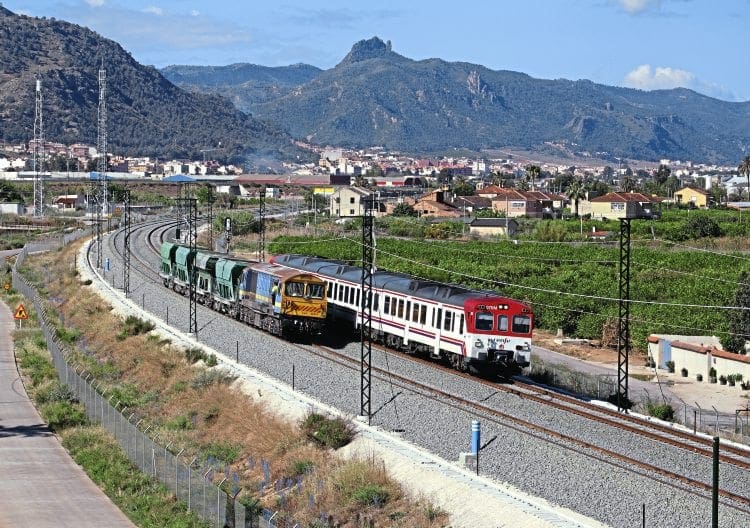Since 1999, British diesel and electric locomotives have worked in various parts of Europe for a variety of reasons. In this definitive and exclusive feature Anthony Sayer tells the story of what worked where and when – and what locos are still abroad.
I was recently asked the following question: How many British main-line diesel and electric locomotives have worked abroad?

Having made numerous trips into Europe over recent years, I knew that there have been ‘quite a few’ but I couldn’t be absolutely specific. So I set about producing a list of such locomotives and, at the same time, tried to understand the reasoning behind their deployment abroad.
Monthly Subscription: Enjoy more Railway Magazine reading each month with free delivery to you door, and access to over 100 years in the archive, all for just £5.35 per month.
Click here to subscribe & save
Extensive research, combined with personal observations, has uncovered a surprisingly complex subject, in particular the precise scoping of the topic: do you include locomotives which have moved abroad but which have not actually worked in revenue-earning service (e.g. spare parts donors, exhibition locomotives, equipment for testing, etc)?; do you include locomotives built abroad and subsequently imported for use in the UK (eg: Class 56 (56001-30), 59, 66, 67, 68, 70 and 88)?; do you include locomotives built abroad (and, therefore, not technically British) but subsequently exported for use abroad after a period of use in the UK (e.g. Class 66s in France and Poland)?; and, should you include the Class 92s operating between Dollands Moor (UK) and Calais Fréthun (France)?
For the purposes of this article, main-line diesel and electric locomotives which have worked extensively in the UK prior to shipment abroad (and, therefore, considered to have been British assets) are included, irrespective of where they were originally built. Locos sent abroad for spares donor purposes to support the active fleets are also included. However, Class 92s deployed on Channel Tunnel operations are excluded.
Read more in January’s issue of The RM




